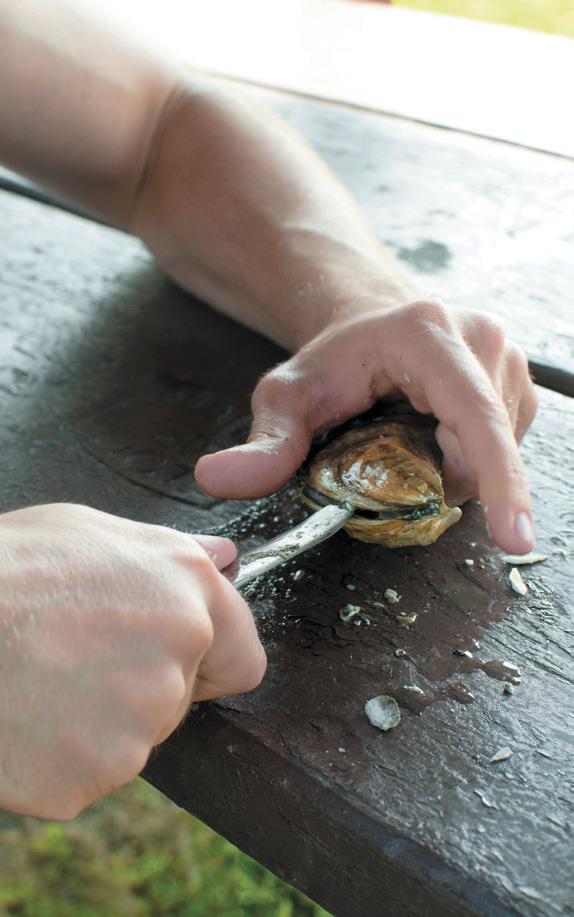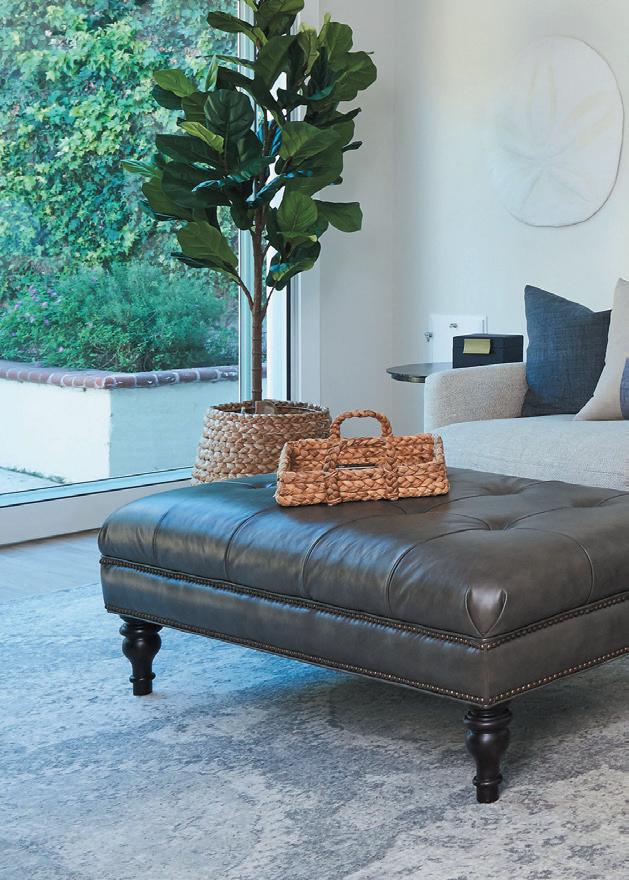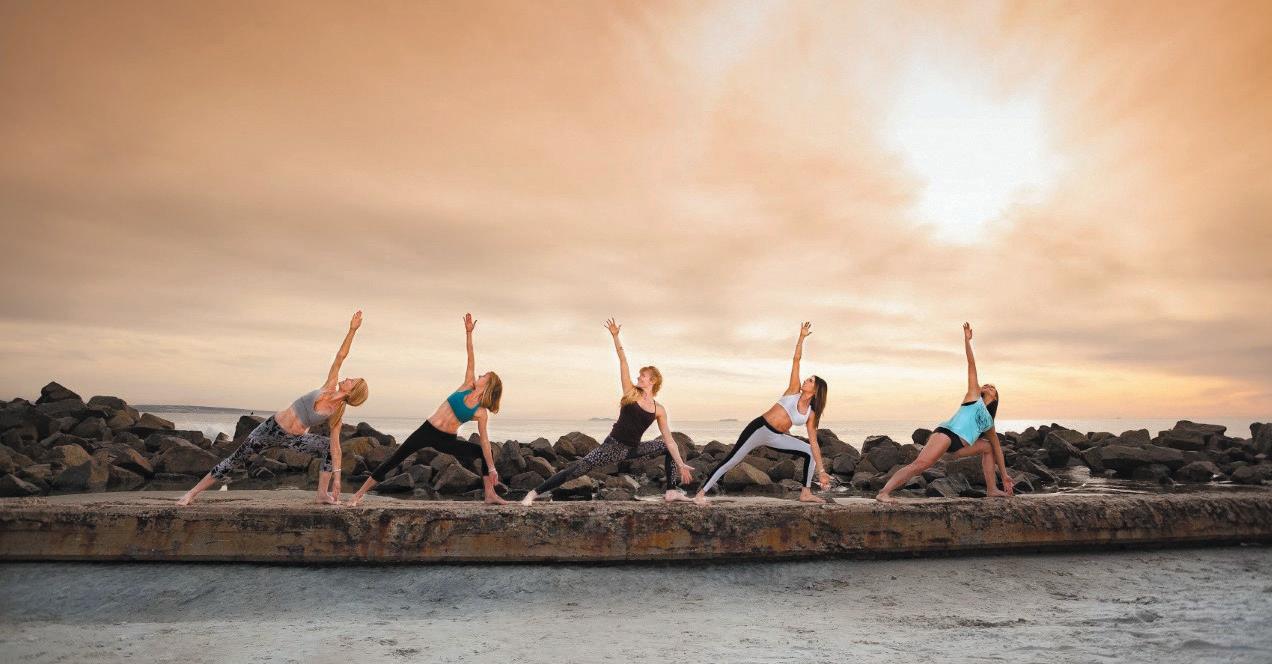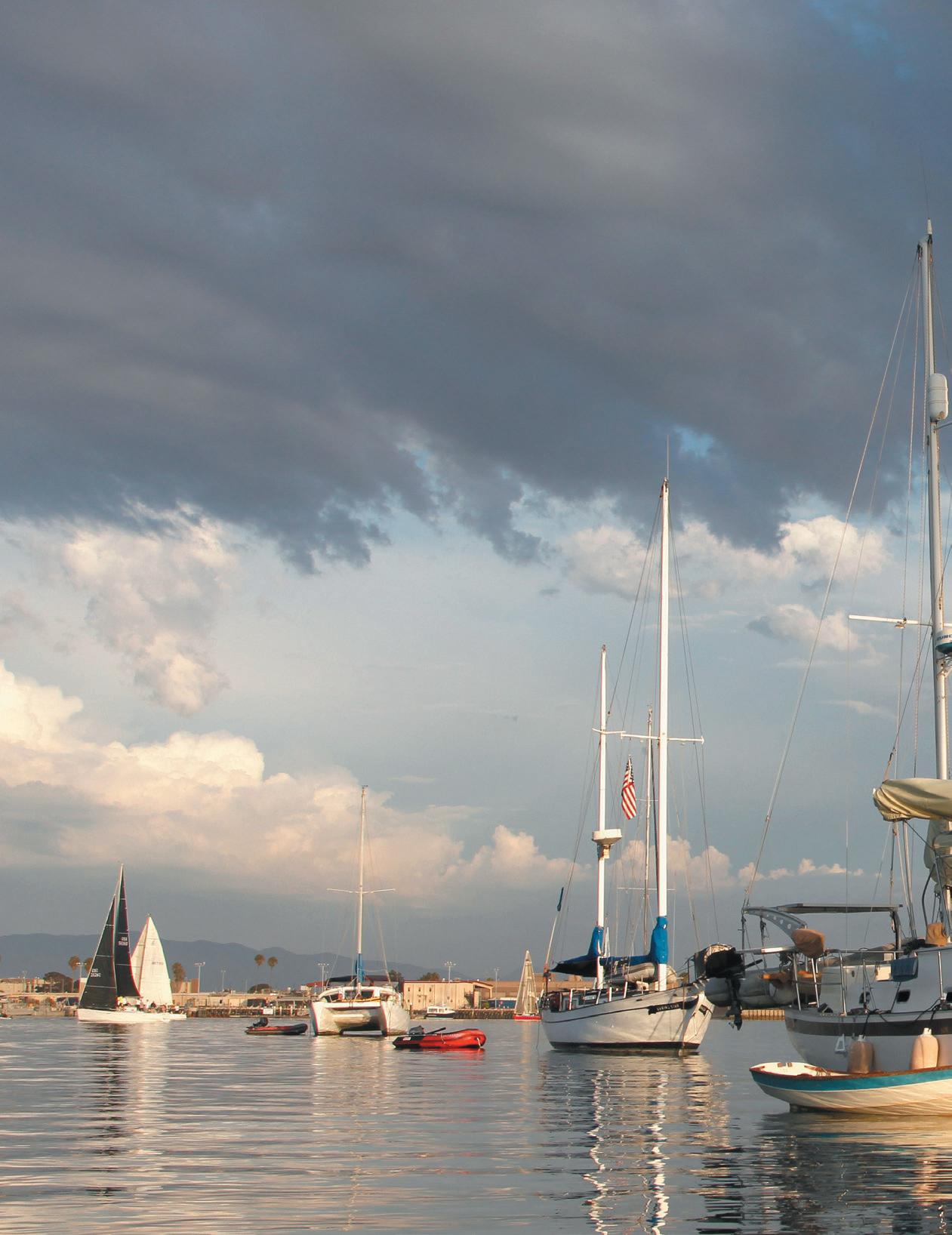
7 minute read
Crown City History
I N C O L L A B O RAT I O N WI T H H OT E L D E L C O RO N A D O & C O RO N A D O H I STO R I CA L A S S O C I AT I O N
Pioneering Local Homebuilder
Advertisement
B y KIMBERLIE GUERRIERI, C O R O N A D O H I S T O R I C A L A S S O C I AT I O N VOLUNTEER
In 1919, recently divorced Ione Gilfillan Brown arrived in Coronado with her 4-year-old son and mother, Cora H. Gilfillan. Like many visitors, they came for a vacation and never left. Not only did Ione find a new home, she also found success in designing and building homes around town – 13 in just about as many years.
Born in Kansas in 1889, Ione was the oldest child of Cora and William Gilfillan. The family moved to Carthage, Missouri, where her father was a prominent businessman. When Ione was 8 years old, her father was shot and killed by a neighbor who felt he was paying too much attention to his wife. A sensational trial followed.
In 1899, Cora moved with her children to Los Angeles. Ione graduated from Notre Dame Academy in 1906 and studied architecture at the University of Southern California. In 1912, she married Andrew Jennings Brown and they had one son, Andrew Jennings Brown Jr.
That same year, her brothers started Gilfillan Brothers, a smelting business. Ione and her mother were founding members. The brothers quickly expanded into manufacturing and were early radio pioneers. Within 10 years, the company was global, and a family fortune was made.
It was an exciting time in Coronado when Ione and Cora arrived. The war was over, it was the start of the Roaring ’20s, and the island was a destination for celebrities and the elite, including Edward the Prince of Wales. The island's population was just over 3,300 Ione Gilfillan Brown became a real estate developer in the early 1920s.
and growing.
Anticipating a demand for homes, Ione and her mother became real estate developers. They first purchased four vacant lots at 1015 to 1023 Encino Row in 1921. Ione designed and served as her own contractor for the building of four rental cottages.
In 1924, she bought a lot at 947 Alameda Blvd. and
The Gilfillan Brown house, a Georgian Colonial Revival, still stands 90 years later at 1901 Monterey Avenue.
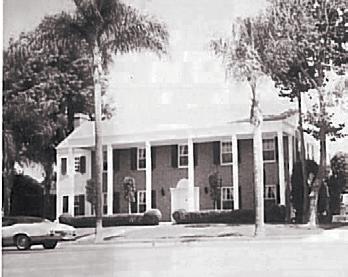
built a large colonial-style home. Other real estate investments included homes at 416 Tenth St., 1315 to 1325 Third St. and 1027 Olive Ave., where she lived for a time and liked to entertain.
By 1929, she was ready for a permanent residence. She purchased property at 1901 Monterey Ave., where she designed and built a six-bedroom Georgian colonial revival home. Known as the Gilfillan Brown House, it was designated a historic landmark by the Coronado Historical Society in 1983. In 2002, it was the San Diego Historical Society Showcase Home, their first designed by a woman. Ione was an avid golfer and member of the Coronado Country Club. In 1923, she put up a trophy for a women’s golf tournament at the Oahu Country Club. Her son Andrew graduated from Coronado High School and was a member of the yacht club.
Ione spent the rest of her life in Coronado. She died in March 1975, but her legacy lives on in the homes she designed and built. It was announced that a 16-unit apartment hotel would be built at 1417 Orange Ave., across from the entrance to the Hotel del Coronado. The modern two-story structure surrounding a swimming pool would have eight units with kitchens; with the rest single units. “We’re going to call it the Isle of Capri,” Mrs. John Peck said. She and her husband, a Navy commander, built the hotel, now Villa Capri, in partnership with her mother, Dulcie F. Trowbridge. Feb. 3, 1956
Army Lt. H.B. Post broke an altitude record by flying to 12,140 feet, but died when his plane collapsed on the descent and crashed in shallow waters near North Island.
Feb. 9, 1914
Hotel Del Coronado served its first meal, and the date became the hotel’s official opening day. A year earlier, on Jan. 18, 1887, Mrs. E.S. Babcock Jr., wife of the president of the Coronado Beach Company, cast the first shovel of dirt to start digging on the foundation, however, construction did not begin until after the March 1887 groundbreaking ceremony. Feb. 19, 1888
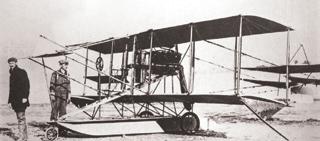
Feb. 26, 1911
Glenn Curtiss flew his Triad over the beach next to Tent City after taking off from the Spanish Bight. The day before, he successfully accomplished his first amphibian flight, taking off from the water and flying around San Diego Bay twice before returning to the beach on North Island.
On their visit to San Diego, Great Britain’s Queen Elizabeth and Prince Philip took a tour and attended a luncheon aboard the USS Ranger berthed at North Island. Their yacht HMS Britannia was docked at Broadway Pier during their stay. A platoon from SEAL Team One accompanied HMS Britannia from San Diego to Seattle, working with the Secret Service to provide waterborne security against enemy divers. Feb. 26, 1983
HOTEL DEL CORONADO

Construction of the north-facing front of the Hotel Del Coronado.
The Del’s Architect
B y G I N A P E T RO N E , H E R I TAG E M A N AG E R , H OT E L D E L C O RO N A D O
“The next day, such a one as may be found only in Coronado in December, we all visited the beach. No finer location could have been found anywhere. ‘Right here,’ Mr. Babcock said. ‘We must build a house that people will like to come to long after we are gone—I have no time, it’s all up to you.”’
– James W. Reid, 1938
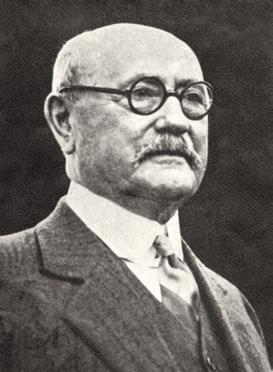
With Hotel del Coronado co-founder Elisha Babcock’s enthusiastic and impatient directive, all desire to return East vanished for Canadian-born architect James William Reid. He recounted that historic day and subsequent construction of Hotel del Coronado for the resort’s 50th anniversary celebration in 1938.
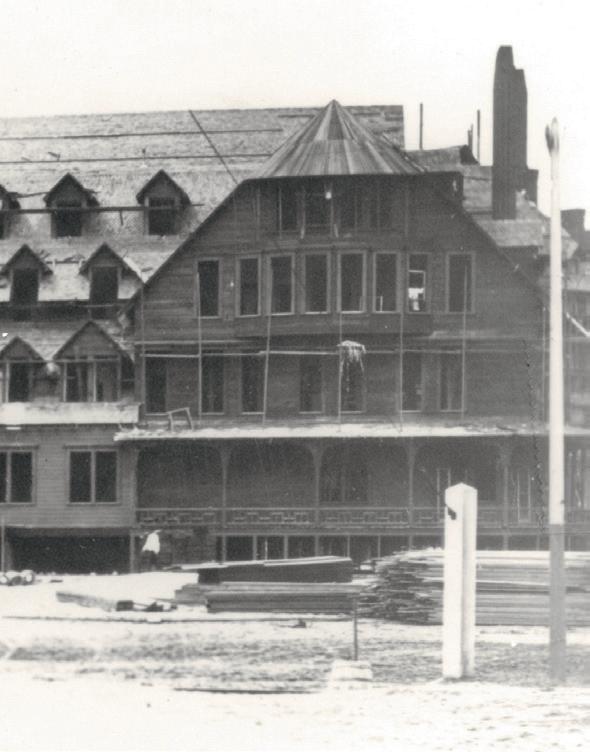
“Anything seemed possible,” he said. Reid was born Nov. 29, 1852 and the oldest son of William and Lucinda Reid of New Brunswick, Canada. Two more brothers, Merritt and Watson followed. Watching their father work as a builder and carpenter undoubtedly influenced the boys’ interest in construction and design. At age 16, Reid set out on his own, enrolling at the Lowell School of Practical Design in Boston. He moved to Terre Haute, Indiana, to work with architect Charles Eppinghousen, and he also designed for the Evansville & Terre Haute railroad line. (Babcock was an officer of the same railroad until ill health compelled his move to San Diego in search of a drier climate in 1883.)
Reid eventually moved to Evansville, Indi
ana, where Merritt joined him in 1880. The two formed Reid Brothers, Architects and designed numerous commercial buildings. In December 1886, Reid was urgently summoned to San Diego by Babcock “to come on, no matter how brief the stay” to discuss the construction of a hotel in Coronado. It took Reid seven days to reach San Diego via Santa Fe rail. During the trip, a sheriff ’s posse boarded the train to eject a bandit who had taken possession of a nearby town.
Reid was quickly caught up in Babcock’s fervor and work commenced on the grand hotel. He moved into the St. James Hotel in San Diego and established a branch office in the First National Bank Building in downtown San Diego. His brother Watson joined him, staying at the Oxford Hotel, while Merritt remained in Evansville.
In addition to the hotel, the architects designed other buildings in Coronado: the two-story Coronado Beach Company headquarters at the foot of Orange Avenue, the boat house, the male dormitory, which housed some of The Del’s construction crew, Hotel Josephine, the Presbyterian and Episcopal churches, Chef Compagnon’s house (he was the Chef de Cuisine at The Del from 1887-1890) and a museum of natural history south of the hotel. Reid also designed a stained-glass window representing “Coronation” for The Del. It was displayed above the lobby fireplace.
By 1890, Reid joined Merritt in San Francisco where they became the architects of choice for the Spreckels family and became well known for their classical revival mansions. They had a successful practice, designing department stores, residences, churches, theaters, the Fairmont Hotel and the third Cliff House until Merritt’s death in 1932. Reid, who had never married, retired then from active practice and turned to his hobbies of oil painting and music. He died in 1943 at the age of 90.






